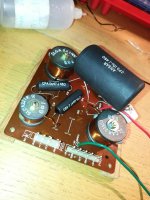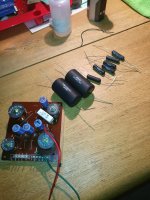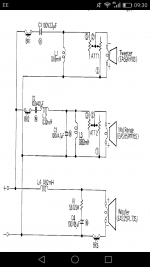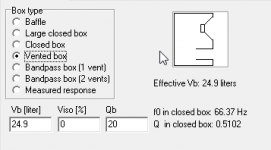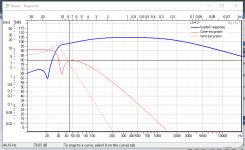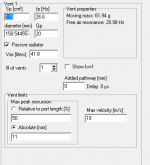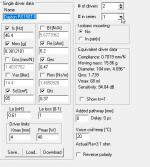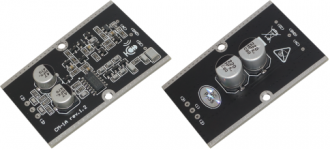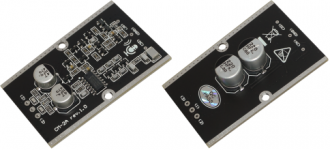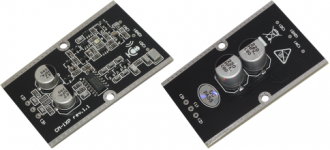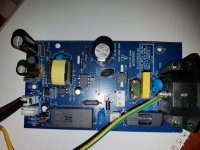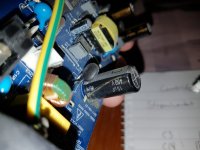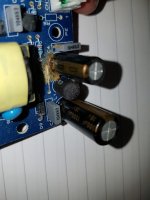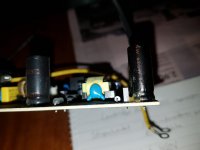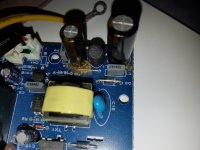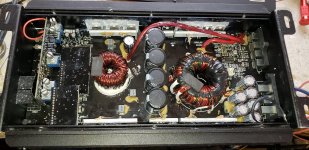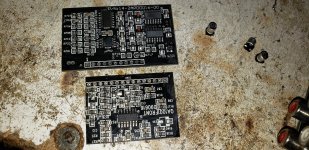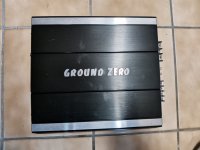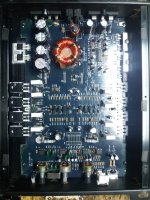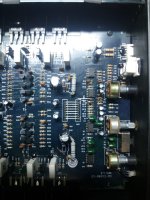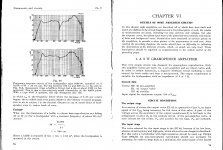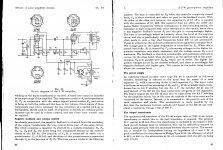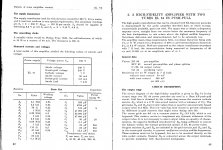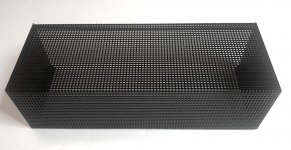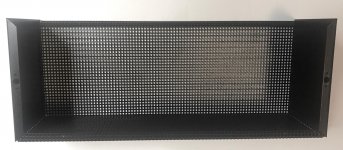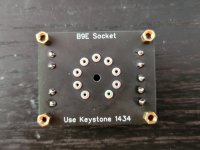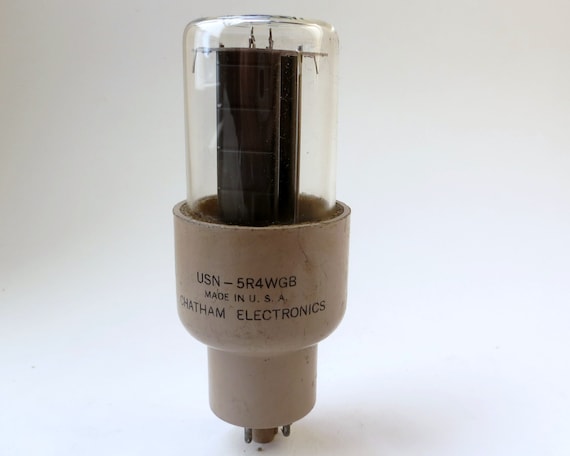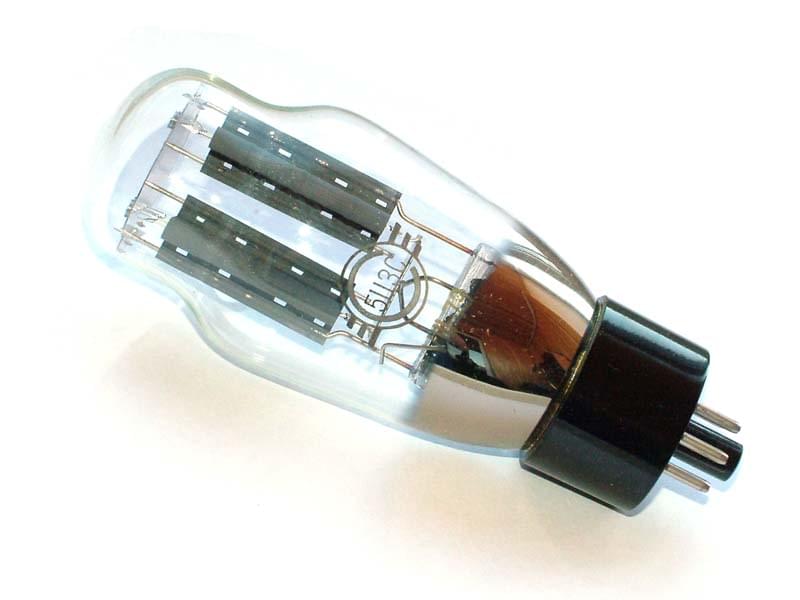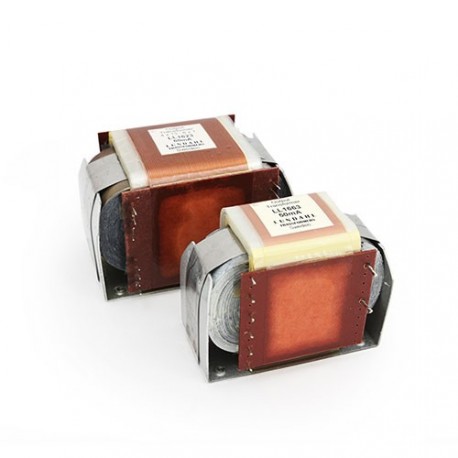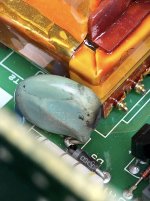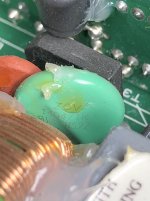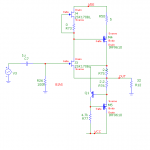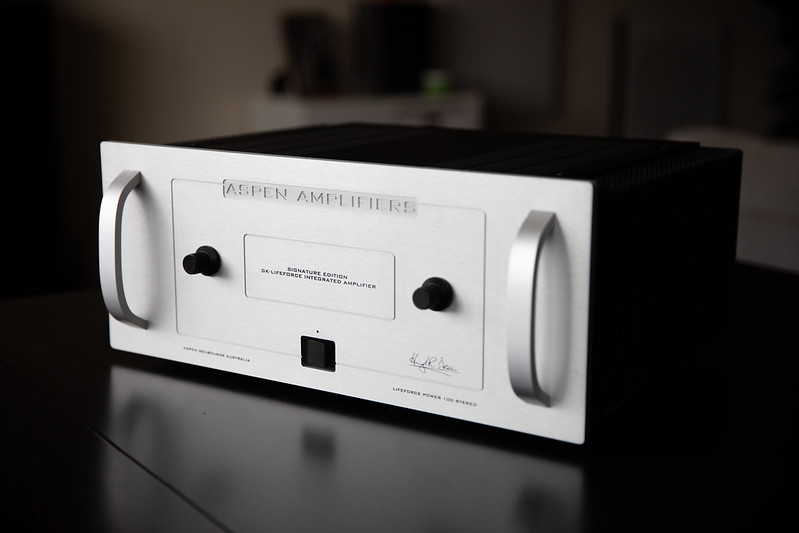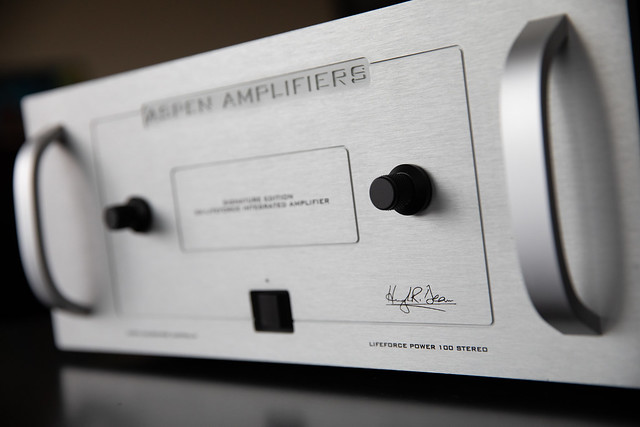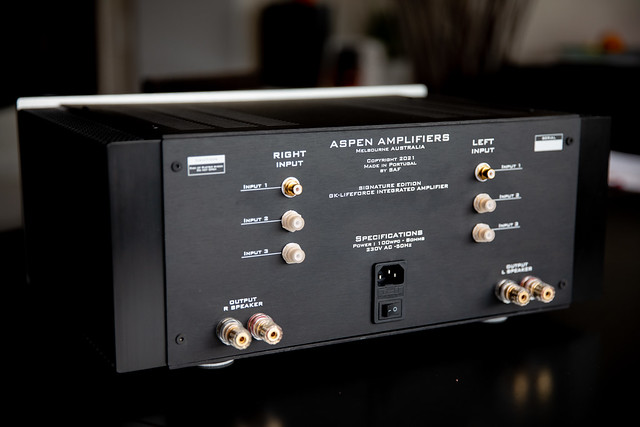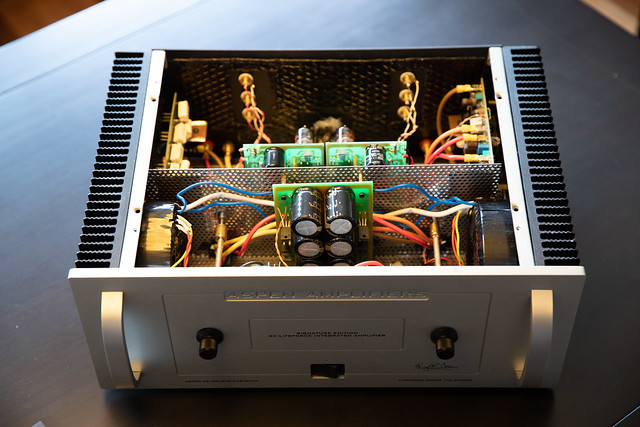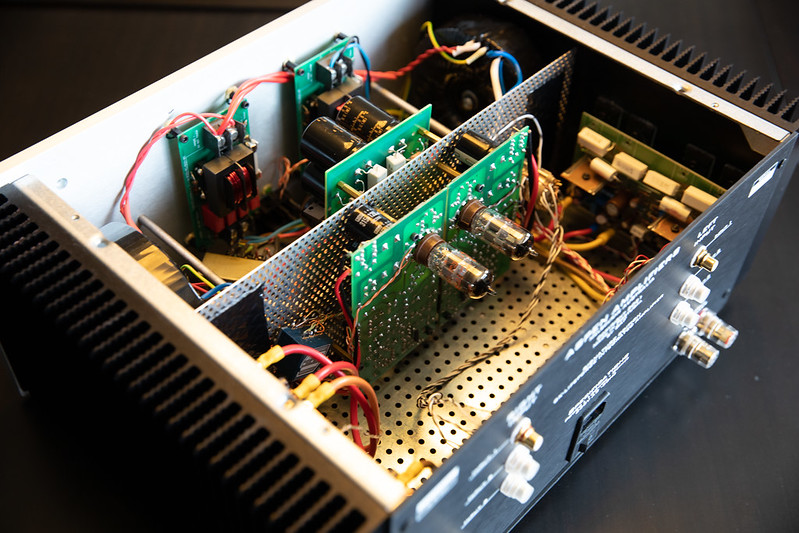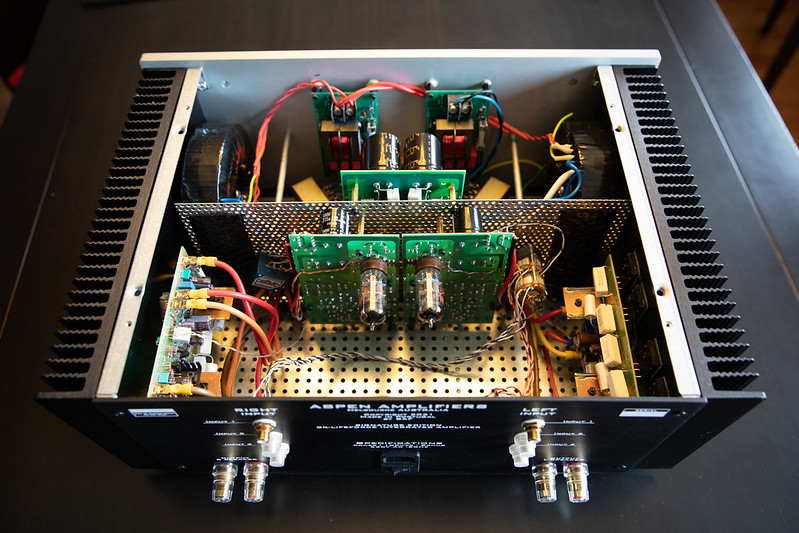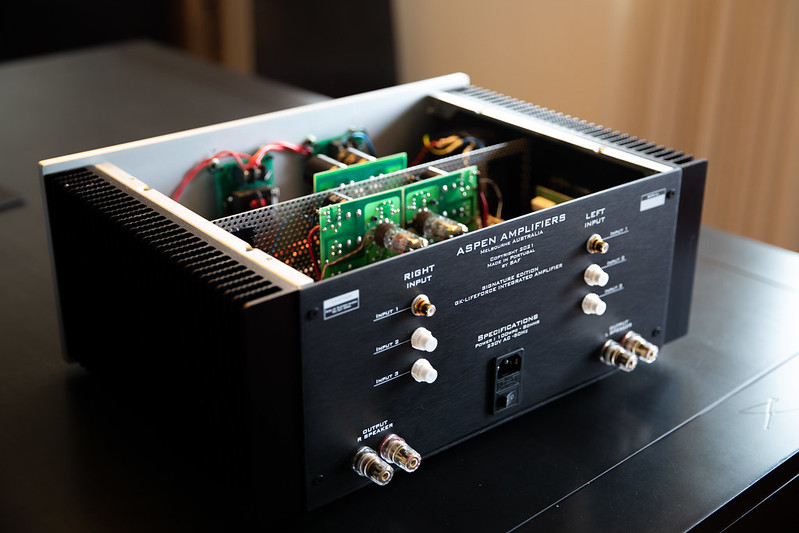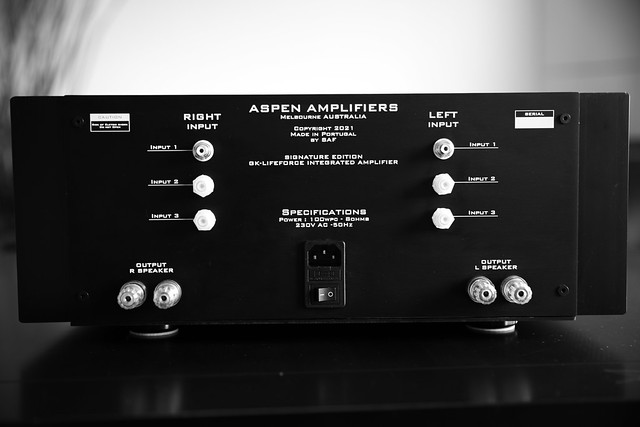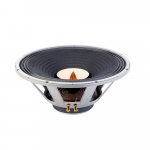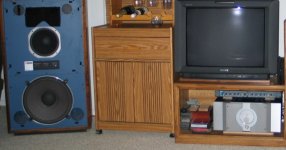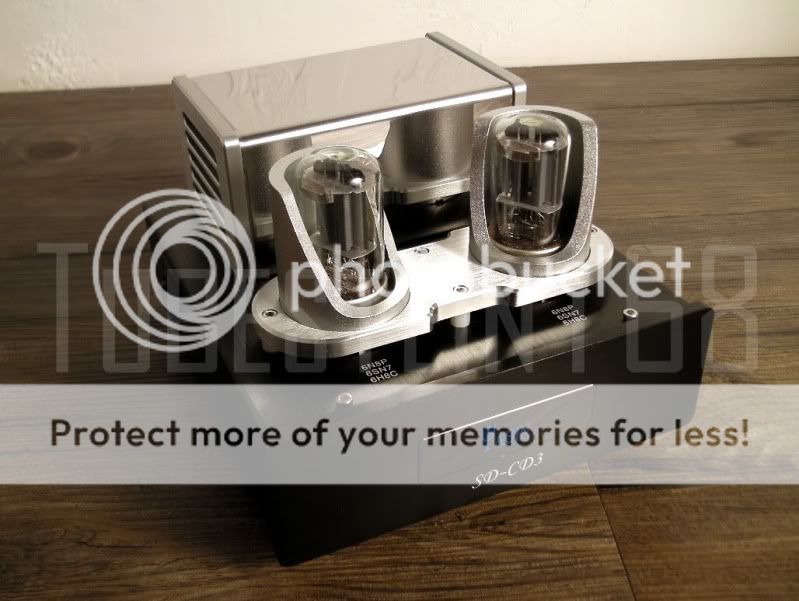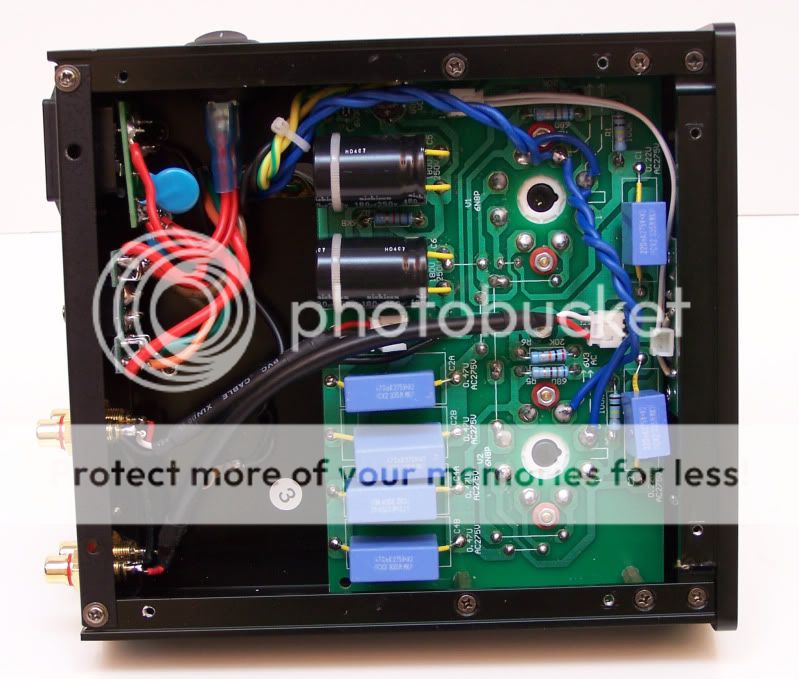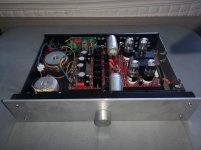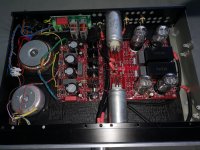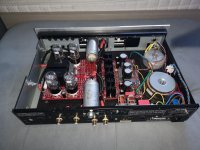Greetings all,
I have hesitated to which sub-forum to post the topic, but as it is relevant to a low-frequency part of a multi-way speaker, I believe that this sub-forum is the best.
Background
For one reason or another, I had to give away my fully horn-loaded system and live with headphones. I am now in a position to acquire/build a pair of speakers, though not by replicating my former system. I have been contemplating a three-way, preliminarily a MEH above a 15 inch low-frequency driver. I seem to have a preference for a sealed box; which may well be because something always bothered me in a certain frequency portion of ported box. So, I will limit the following drivel to that topology.
Problem definition/proposed standard
From my understanding, one of the criticism of sealed box, and I am paraphrasing, is a “lack of low frequency extension and low efficiency”. Admittedly, this is a rather ill-defined statement, so let me attempt to qualify it
vis-à-vis my preferred music genre.
As I tend to listen mostly to classical music, I have found two topics that appear to be relevant: “What high efficiency speaker for Classical Music?”,
https://www.diyaudio.com/forums/multi-way/292232-efficiency-speaker-classical-music-26.html, and “A Test. How much Voltage (power) do your speakers need?”,
https://www.diyaudio.com/forums/multi-way/204857-test-voltage-power-speakers.html.
I understand that different people may have different opinions regarding the required SPL, still, given the title of at least the first topic, one would expect at least some commonality, but the amplifiers range from a 2A3 to high-power solid state, and associated differences in the amplifier’s power.
In an attempt to understand the power requirement, I propose the following. According to my understanding majority of classical pieces do not have much content below about 40 Hz. Of course, there are exceptions,
e.g., P.I. Tchaikovsky - 1812 Overture; R. Strauss - Also sprach Zarathustra; some G. Mahler pieces – 8th symphony, but they are that – exception. Since I live in a quiet environment and my listening preferences are on average 80 dB or less, assuming that the dynamic range of classical music is 20-30 dB it follows that 110 dB at 40 Hz peaks should be the standard.
Method
1. Driver selection
My first naïve idea was to look for high-efficiency 15 inch drivers, but, as I quickly found, they have about the same efficiency,
cf., Table 1. So this does not appear to be a silver bullet.
2. Required power vs Vb
Recalling J. A. Hofman’s “iron law”, I decided to investigate the relationship between an enclosure’s Vb and a power that would satisfy the above-proposed standard. I started with Vb=100l, not due to any sophisticated reasoning, but simply because I had built such an enclosure; the idea having been that I had to start somewhere, and by comparing a model for the specific Vb with a measurement, it may be reasonable to correlate to different volumes.
Using Unibox v. 4.08, I had adjusted the power to the required SPL at 40 Hz. I repeated the exercise for different volumes,
cf., Table. 2.
Notes: (i) Table 2 summarizes the model without any consideration for a room gain;
(ii) I was not concerned about exceeding the Xmax for the frequencies below the 40 Hz as this is an implementation and not conceptual issue.
Conclusion/Discussion
1. The parameters Fb and even more F3 are not strongly dependent on the change in Vb;
2. There is an inverse relationship between the Vb and the Qts;
3. There is an inverse relationship between the Vb and the power, which agrees with the “iron Law”; and
4. There is no escaping the conclusion that, assuming that the above-defined standard is to be achieved, a power higher than presented in the links is needed.
Provided that the conclusions are correct, and please do not hesitate to point any flaws in my diatribe, the above now presents at least two questions:
1. What would be the best architecture for an amplifier that will be most of the time supplying power 30 dB below peak, considering preliminary frequency of operation 40 Hz – 350 Hz?; and
2. Disregarding WAF, is there any guidance on selecting the Vb, considering the Vb to Qts relationship?
Kindest regards,
M
Table. 1
Driver Fs [Hz] SPL /1W/1M [dB]
TAD1601A 28 97
TD-15M 34.7 97.8
JBL2226 40 97
Table. 2
Vb [l] Fb {Hz] F3 [Hz] Qts Max SPL [dB] Power [W]
101.7 56.1 60.81 0.655 116.30 155
111.9 54.15 60.81 0.632 116.30 145
122.1 52.47 60.26 0.617 116.10 140
132.3 51.01 61.38 0.601 116.00 135
142.4 49.72 60.81 0.585 116.00 130
152.6 48.57 61.94 0.576 115.60 125


